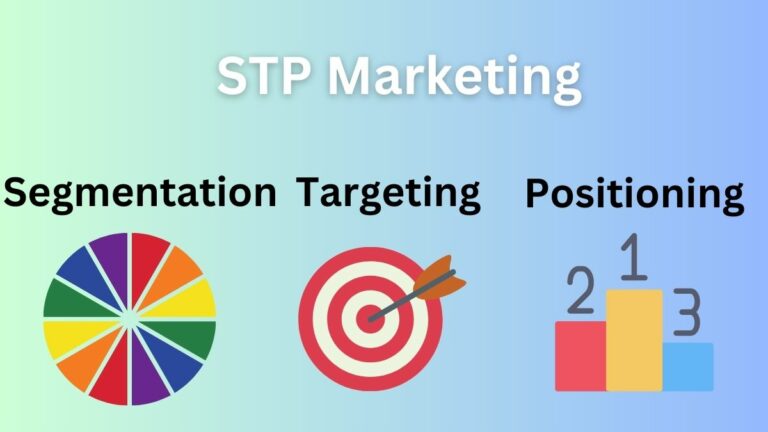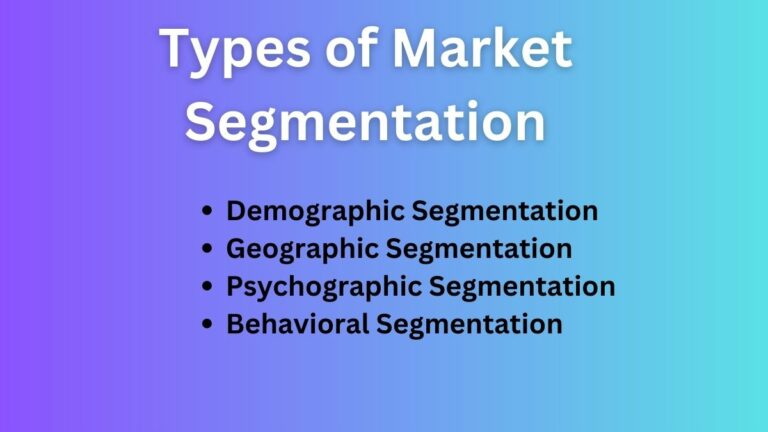What is STP Marketing Model? Definition, Process, Examples, & Pros/Cons
Most businesses make mistakes when they try to sell products directly to customers i.e. they do not try to understand what the customers need, what they want, and what their preferences are. Today successful businesses are based on customer-focused marketing strategies. And, a business that does not consider the customer’s account would not sustain itself…








